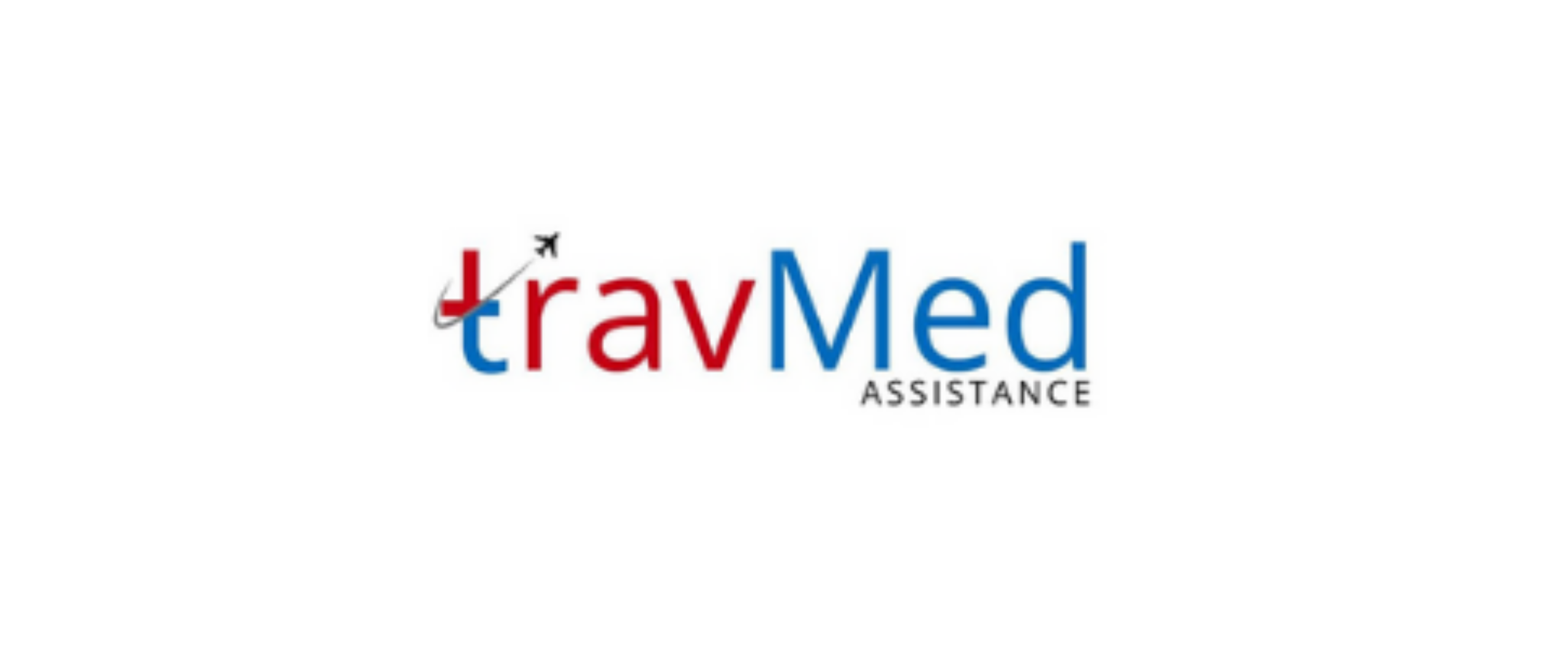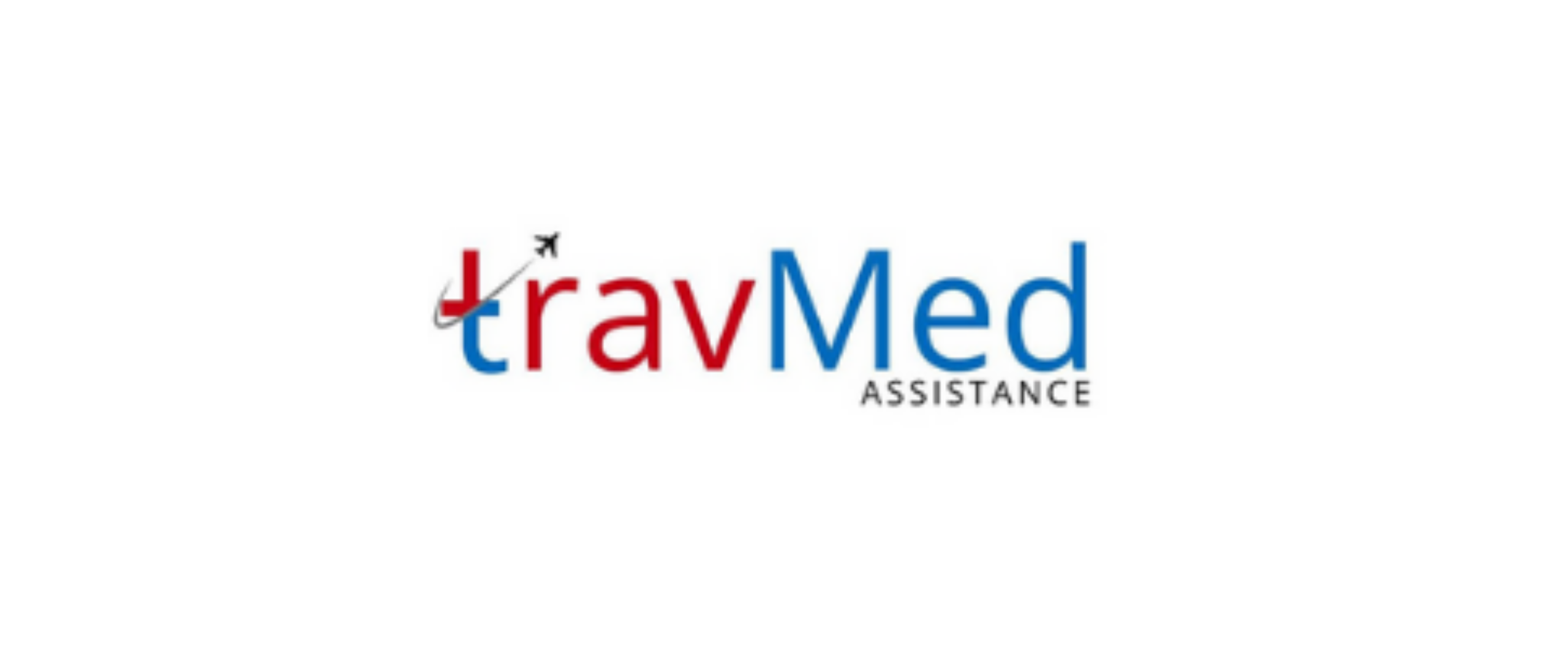
Stretcher arrangements for flights in Nepal involve the specialized service of transporting patients who cannot sit upright during air travel due to medical conditions or injuries. This service allows patients to lie flat on a stretcher that is securely installed in the aircraft cabin. Airlines in Nepal, such as Nepal Airlines and Yeti Airlines, offer this service to accommodate passengers with severe medical needs. The stretcher is typically set up in the rear section of the plane, occupying multiple seat rows. Medical equipment, such as oxygen tanks and monitoring devices, can be attached to the stretcher to ensure the patient’s safety and comfort throughout the flight. This arrangement is essential for patients requiring urgent medical evacuation or those traveling long distances for treatment.
Who arranges stretchers for flights in Nepal?
In Nepal, stretcher arrangements for flights are typically coordinated by specialized medical assistance companies, travel agencies with medical expertise, or the airlines themselves. Companies like Travmed Assistance and Nepal Rescue and Evacuation play a significant role in facilitating these services. These organizations work closely with airlines, hospitals, and medical professionals to ensure seamless arrangements. Additionally, some international insurance providers and embassies may assist in organizing stretcher flights for their clients or citizens. The process involves collaboration between multiple parties, including the patient’s medical team, airline staff, and ground handlers at both departure and arrival airports. These entities work together to assess the patient’s condition, determine the necessary equipment, and ensure all logistical aspects are properly addressed for a safe and comfortable journey.
How do stretcher arrangements work for flights?
Stretcher arrangements for flights in Nepal follow a structured process to ensure patient safety and comfort. Initially, the patient’s medical condition is assessed by healthcare professionals to determine if air travel is feasible. Once approved, the arranging company contacts the airline to book the required space, typically equivalent to 6-9 economy seats. The airline then removes these seats and installs a secure stretcher platform. On the day of travel, medical personnel assist in transferring the patient from the ambulance to the aircraft. The patient is secured on the stretcher with safety belts and monitored throughout the flight by accompanying medical staff. Necessary medical equipment, such as oxygen supplies and monitoring devices, is set up alongside the stretcher. Upon arrival, ground staff and medical personnel coordinate to safely disembark the patient and transfer them to the waiting ambulance or medical facility.
What documents are required for stretcher arrangements?
Several documents are essential for stretcher arrangements on flights in Nepal:
- Medical Certificate: A detailed report from the treating physician outlining the patient’s condition and fitness to fly
- Fit to Fly Certificate: A document confirming the patient’s ability to withstand air travel
- MEDIF (Medical Information Form): A standardized form used by airlines to assess medical needs
- Passport and Visa: Valid travel documents for international flights
- Insurance Documentation: Proof of travel insurance covering medical evacuation
- Consent Form: Signed by the patient or their legal representative for the stretcher transport
- Medical Equipment List: Detailing any necessary equipment accompanying the patient
- Customs Declaration: For any medical equipment or medications being transported
- Letter of Guarantee: Assuring payment for the stretcher service, often required by airlines
These documents ensure compliance with airline regulations and facilitate smooth travel arrangements for the patient.
How much do stretcher arrangements cost?
The cost of stretcher arrangements for flights in Nepal varies significantly based on several factors. Domestic flights within Nepal typically range from NPR 100,000 to NPR 300,000 (approximately USD 750 to USD 2,250), depending on the route and airline. For international flights, costs can escalate to NPR 500,000 to NPR 2,000,000 (approximately USD 3,750 to USD 15,000) or more, particularly for long-haul destinations. These prices usually cover the stretcher installation, multiple seat spaces, and basic medical supervision. Additional expenses may include medical equipment rental, professional medical escort services, ground ambulance transfers, and administrative fees. Insurance coverage can significantly reduce out-of-pocket expenses for patients. It’s advisable to obtain quotes from multiple service providers and airlines to compare costs. Factors influencing the price include flight duration, patient’s medical condition, required equipment, and the level of medical care needed during the journey.
How long does it take to arrange a stretcher?
The time required to arrange a stretcher for flights in Nepal can vary depending on the urgency of the situation and the complexity of the patient’s medical needs. For domestic flights within Nepal, stretcher arrangements can often be made within 24 to 48 hours in urgent cases. However, for international flights or more complex medical situations, the process may take 3 to 7 days. This timeframe allows for thorough medical assessments, documentation preparation, airline coordination, and equipment setup. Emergency situations may be expedited, with some providers offering same-day arrangements for critical cases. Factors that can affect the timeline include the availability of suitable flights, the need for special medical equipment, and the processing time for necessary permits and documentation. It’s advisable to initiate the arrangement process as early as possible to ensure all requirements are met and to allow for any unforeseen delays.
Are stretcher services available for foreign patients?
Stretcher services for flights in Nepal are indeed available for foreign patients, catering to the needs of international travelers, expatriates, and tourists requiring medical evacuation or repatriation. Nepal’s major airlines and medical assistance companies are equipped to handle foreign patients, offering services that comply with international standards. These services include multilingual support, coordination with international insurance providers, and assistance with visa and customs procedures. Foreign patients can access stretcher services for both domestic flights within Nepal and international flights to their home countries or preferred medical destinations. Medical assistance companies in Nepal often have partnerships with global assistance networks, ensuring seamless transfers and continuity of care across borders. However, foreign patients should be aware of potential additional requirements, such as obtaining necessary travel permits, arranging for medical escorts fluent in their language, and coordinating with their home country’s embassy or consulate for support during the repatriation process.
How reliable are stretcher service providers?
Stretcher service providers in Nepal generally maintain a high level of reliability, given the critical nature of their services. Established companies like Travmed Assistance and Nepal Rescue and Evacuation have built reputations for professionalism and efficiency in handling medical transports. These providers typically adhere to international standards for air medical transport, ensuring patient safety and comfort. Reliability is demonstrated through factors such as:
- Timely coordination with airlines and medical facilities
- Availability of trained medical staff for escorts
- Proper maintenance and availability of medical equipment
- Adherence to safety protocols and airline regulations
- Transparent communication throughout the arrangement process
- 24/7 support services for emergencies
However, as with any service, quality can vary between providers. It’s advisable to research and choose reputable companies with proven track records in medical evacuations and air ambulance services. Checking customer reviews, accreditations, and affiliations with international assistance networks can provide insights into a provider’s reliability. Additionally, working with providers recommended by hospitals or insurance companies can offer an added layer of assurance.
Can stretcher arrangements be made for emergency flights?
Stretcher arrangements for emergency flights in Nepal are possible and are designed to accommodate urgent medical situations. Medical assistance companies and airlines in Nepal have protocols in place to expedite the process for critical cases. Emergency stretcher arrangements can often be made within a few hours, depending on flight availability and the patient’s location. Key aspects of emergency stretcher arrangements include:
- Rapid medical assessment and clearance for air travel
- Priority booking with airlines for the next available flight
- Expedited documentation process, with some paperwork completed post-flight if necessary
- Quick mobilization of medical equipment and personnel
- Coordination with ground ambulances for swift airport transfers
For international emergency flights, providers work closely with embassies and international assistance networks to facilitate rapid repatriation or transfer to specialized medical facilities abroad. While emergency arrangements are possible, they may incur higher costs due to the urgency and potential need for charter flights in some cases. It’s crucial to contact a reputable medical assistance provider immediately in emergency situations to initiate the arrangement process as quickly as possible.
How do I book a stretcher for a flight?
Booking a stretcher for a flight in Nepal involves several steps:
- Contact a medical assistance company or the airline directly
- Provide patient’s medical details and flight requirements
- Submit necessary medical documentation
- Receive and approve a detailed quote for the service
- Confirm the booking and make the required payment
- Coordinate with the provider for any additional services (e.g., ground ambulance)
- Receive confirmation of all arrangements, including flight details
- Prepare the patient for travel, following any pre-flight instructions
It’s recommended to book through a specialized medical assistance company for comprehensive service. They can handle all aspects of the arrangement, including airline coordination, medical equipment provision, and escort services. When booking, be prepared to provide detailed information about the patient’s condition, any special requirements, and preferred travel dates. For international flights, ensure all necessary travel documents are in order. Booking well in advance, when possible, allows for thorough preparation and can help in securing the most suitable flight options.
Are services available 24/7 in Nepal?
Stretcher arrangement services in Nepal are generally available 24/7, reflecting the unpredictable nature of medical emergencies and the need for round-the-clock assistance. Major medical assistance companies and some airlines maintain 24-hour operations to handle urgent requests and provide continuous support. This 24/7 availability encompasses:
- Emergency hotlines for immediate assistance
- On-call medical professionals for assessments
- Coordination with airlines for urgent bookings
- Arrangement of ground ambulances at any time
- Continuous monitoring and support during patient transfers
While 24/7 services are available, it’s important to note that actual flight times may be limited, especially for domestic routes within Nepal. International flights often offer more flexibility for urgent departures. The 24/7 service ensures that the arrangement process can begin immediately, even if the actual flight occurs during regular operating hours. For the most efficient service, it’s advisable to contact providers as soon as the need for a stretcher flight is identified, regardless of the time of day. This allows for prompt initiation of the arrangement process and increases the likelihood of securing the earliest possible flight.
How is patient comfort ensured during flights?
Patient comfort during stretcher flights in Nepal is a top priority, with several measures in place to ensure a safe and comfortable journey:
- Specialized medical stretchers designed for air travel
- Adjustable positioning to accommodate various medical conditions
- Padding and blankets for temperature control and comfort
- Privacy screens or curtains around the stretcher area
- Noise-cancelling headphones to reduce aircraft noise
- Continuous monitoring by trained medical staff
- Access to necessary medications and medical equipment
- Oxygen supply if required, with proper airline approval
- Careful handling during boarding and disembarking
- Coordination with flight crew for smooth in-flight care
Medical escorts accompanying the patient are trained to manage pain, anxiety, and other discomforts that may arise during the flight. They can administer medications, adjust positioning, and provide reassurance throughout the journey. For long flights, careful planning ensures that the patient’s needs, including hydration, nutrition, and personal care, are met. The medical team also coordinates with the flight crew to minimize turbulence exposure and manage cabin pressure changes that might affect the patient’s condition. This comprehensive approach aims to make the air travel experience as comfortable and stress-free as possible for patients requiring stretcher transport.


